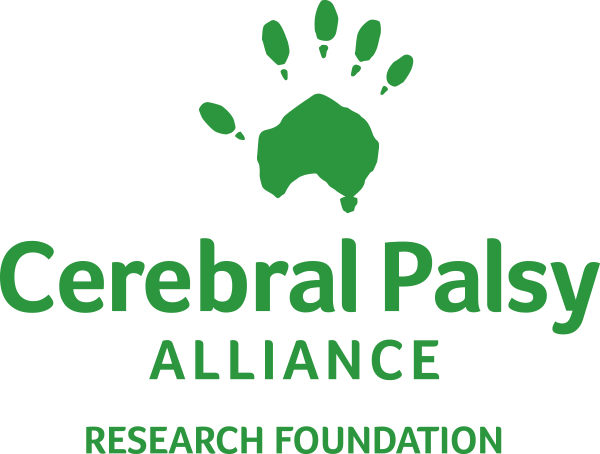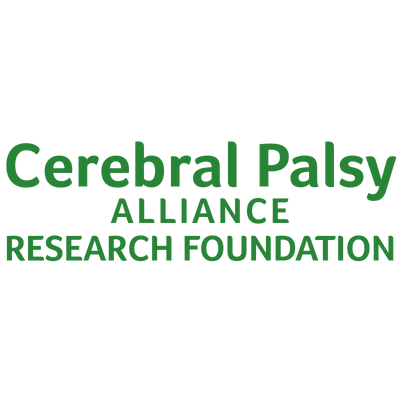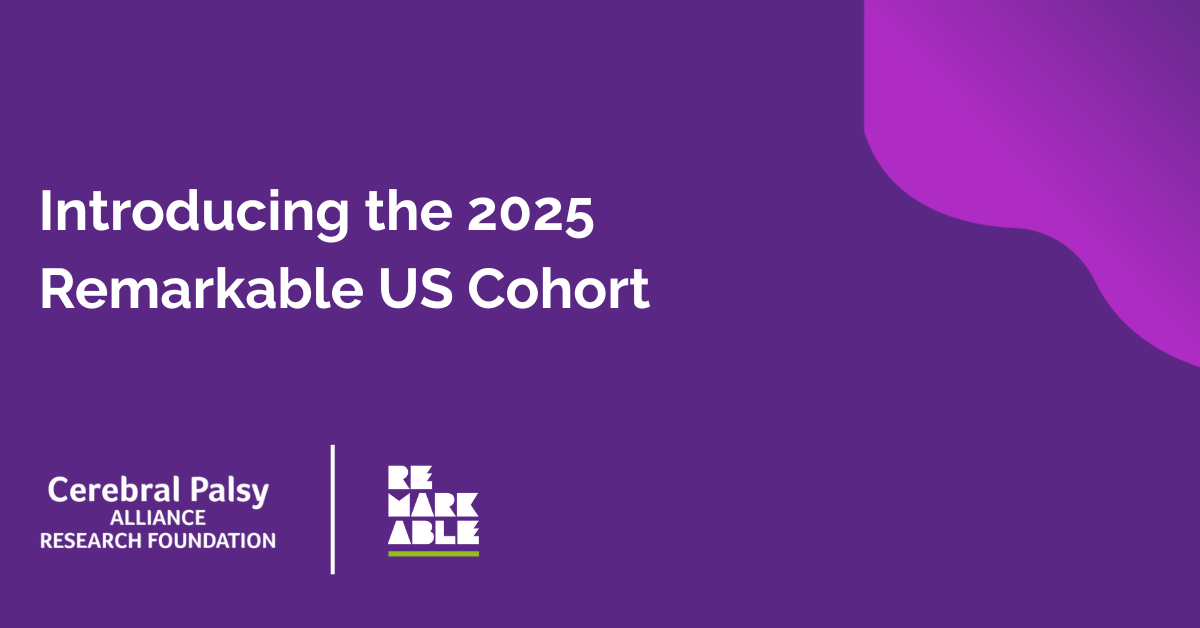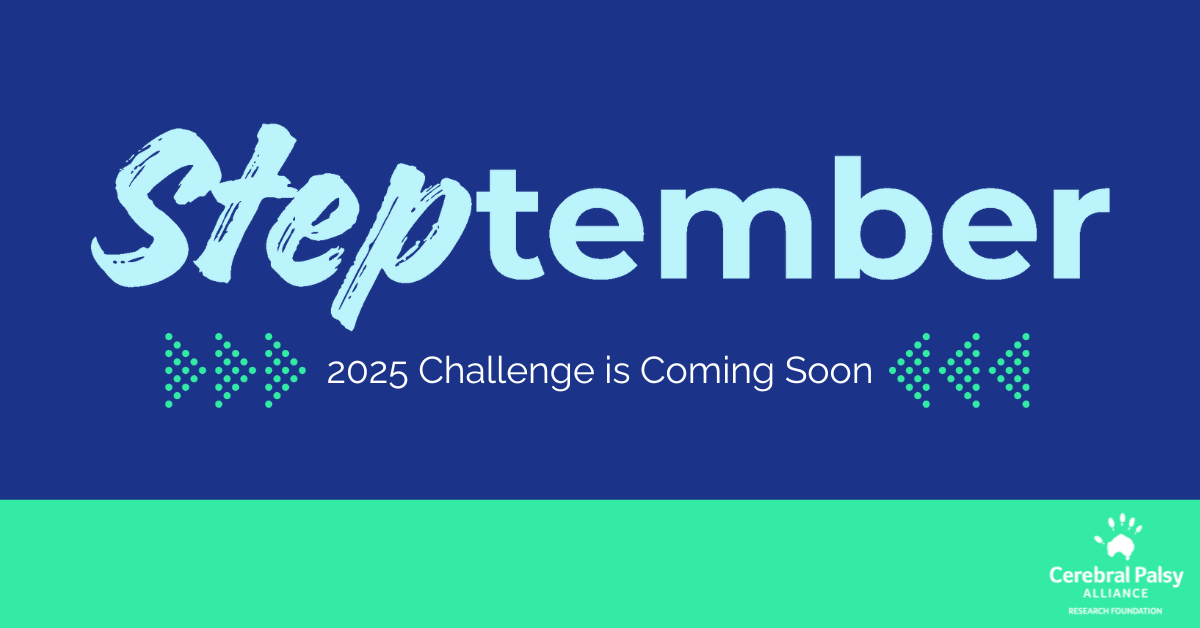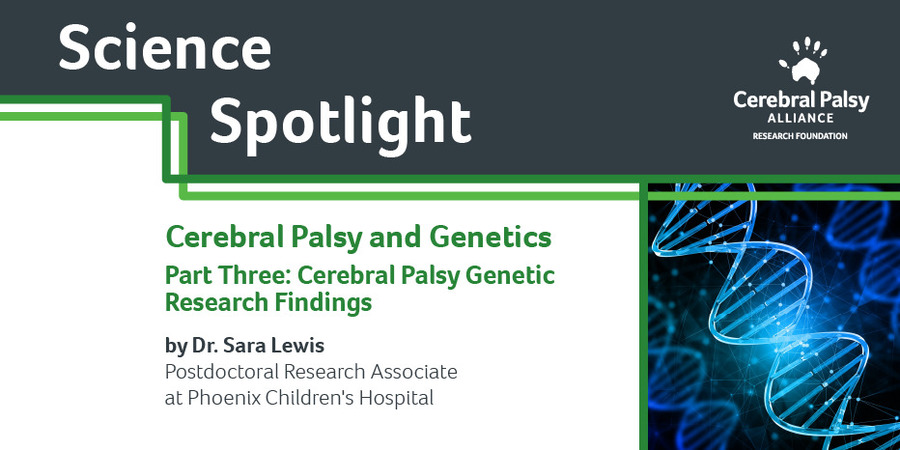
Science Spotlight: Cerebral Palsy and Genetics
Part Three: Cerebral Palsy Genetic Research Findings
By Dr. Sara Lewis
Catch up on the first two parts of this blog series, which covered genetics concepts and methods for finding genetic causes for cerebral palsy.
Peer-reviewed reports on cerebral palsy (CP) genetics are increasing every year, with over 1500 publications to date. There have been several studies on groups of people with CP using whole exome sequencing (WES) from all around the world. It’s now possible to do meta-analyses — synthesizing these findings using statistics to answer important questions. A meta-analysis conducted by Dr. Srivastava and others used 11 studies of almost 2,500 patients to determine what fraction of CP is due to genetic causes and which genes may be responsible.
To answer what percentage of people may have a genetic explanation for their CP, the meta-analysis looked at the proportion of individuals who had a pathogenic variant — a mutation that was predicted to be the cause of the person’s CP.
Overall, this analysis predicts an average of 23% of people with CP have a genetic cause that can be found via WES. Digging deeper, patients with CP who have no risk factor have a 35% likelihood of having a genetic cause. Patients with a risk factor, such as premature birth, have a 7% likelihood of having a genetic cause. The meta-analysis also assessed chromosomal microarray, where sequences of DNA bind to probes to quantify the relative amount of DNA in different parts of the genome. Microarray is used to detect copy number variants, such as deletions or duplications; an estimated 5% of individuals have a deletion or duplication that may be contributing to their cerebral palsy.
Srivastava et al. reported genes with one or more pathogenic variants found in patients with CP. There were 258 genes identified, but few of these genes were recurrent or had more than one individual described with variants. Therefore, variants that cause CP are individually rare for each gene, but collectively common across all genes. Of note, these genes have often been previously linked to neurodevelopmental disabilities, such as intellectual disability, autism, and epilepsy.
In addition to 258 genes described as having pathogenic variants in individuals with cerebral palsy, there are now more than 1,000 potential candidate genes. Some of these genes appear to be a likely genetic explanation for some cases of CP based on laboratory research on gene function, but it can sometimes be difficult to say, “yes, this is it!” without knowing about similar findings in multiple patients.
In summary, the range of genetic contributions to cerebral palsy is 7 – 35%. In comparison, estimated genetic contributions to cerebral palsy based on familial rates and other epidemiology methods is ~40%. Therefore, genetic variants can be a contributing factor for developing CP and many more genes await discovery. The gap between observed and predicted genetic contributions may be due to more complex inheritance, such as polygenic or gene-environment interactions. Currently available techniques are not able to study these genetic contributions in detail but may be able to understand complex genetic factors of CP in the future.
About the Author: Dr. Sara Lewis is a Postdoctoral Research Associate at Phoenix Children’s Hospital working with Dr. Michael Kruer to identify genetic causes of cerebral palsy. She received her PhD in Neuroscience in 2015 with an emphasis in genetic neurodevelopmental disorders. Her work integrates human genetics with the fly model to study how genes leading to movement disorders changes in the brain. Her work also addresses the challenges implementing genetics findings in the clinical environment. Her research is funded by CPARF.
Article cited: Srivastava S, Lewis SA, Cohen JS, Zhang B, Aravamuthan BR, Chopra M, Sahin M, Kruer MC, Poduri A. Molecular Diagnostic Yield of Exome Sequencing and Chromosomal Microarray in Cerebral Palsy: A Systematic Review and Meta-analysis. JAMA Neurol. 2022 Dec 1;79(12):1287-1295. doi: 10.1001/jamaneurol.2022.3549. PMID: 36279113; PMCID: PMC9593320.
https://jamanetwork.com/journals/jamaneurology/article-abstract/2797273
Mon 08 Sep 2025
We’re proud to share that CPARF’s 2025 Remarkable US Accelerator cohort kicks off this week! This program supports disability-focused startups that are developing cutting-edge assistive technology.
Wed 21 May 2025
We’re officially in double digits — CPARF is celebrating 10 years of funding groundbreaking cerebral palsy research and driving innovation forward. And there’s no better way to mark this milestone than with our biggest, boldest STEPtember yet.
